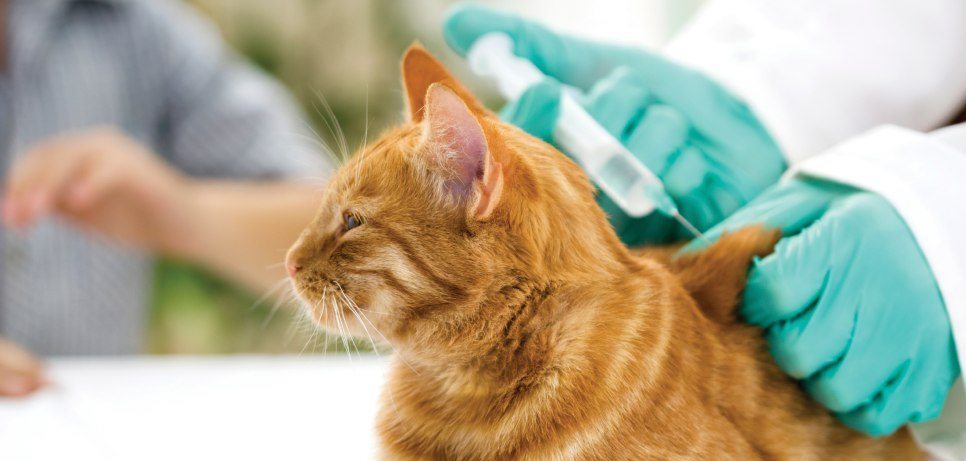Ketamine is a chemical that we often hear about and is very important in medicine. Ketamine was first discovered in 1962 when it was synthesized in a laboratory. After successful experiments on animals, scientists began testing the drug on humans in 1964. The FDA first approved ketamine for use as an anesthetic in 1970, and doctors began using it for soldiers injured during the Vietnam War.
What does ketamine mean? What exactly is ketamine? What does it do? Where to use? We have brought together the answers to all these questions for you.
What is Ketamine? What Does Ketamine Do?
Ketamine is chemically an arylcyclohexylamine derivative and a chiral compound. Most pharmaceutical preparations of ketamine are racemic. Esketamine (S-ketamine), the more active enantiomer of ketamine, is available for medical use under the name “Ketanest S”.
Ketamine is also a drug used to initiate and maintain the anesthesia process. It provides pain relief, sedation and memory loss as soon as it is taken, and makes the person applied to a trance-like state. It is also used for chronic pain, sedation in intensive care, and depression. Under the influence of ketamine, the heart, respiratory reflexes and breathing continuation functions do not stop. Its effect starts within five to ten minutes from the moment of injection and lasts for twenty-five minutes.
What Is Ketamine Used For?
Medical Use
- Anesthesia: It is preferred as an anesthetic in medicine because it poses less obstacle to breathing than other anesthetic agents used. It is not preferred as a first anesthetic because it causes hallucinations as a side effect. It is the first preferred anesthetic agent in cases where reliable ventilation equipment is not available. It is used alone or as a muscle relaxant for minor operations in children, as a sedative in people with asthma, in cases requiring emergency surgery during wartime, and in emergency rooms.
- Painkiller: It is preferred as a pain reliever after surgery. A small dose of ketamine reduces post-operative vomiting and nausea as well as reduces morphine use.
- Depression: It is a rapid antidepressant for depression. In addition, it has been demonstrated that it can be effective in reducing suicidal thoughts. It was shown in studies in 2000 and 2006 that ketamine can be an antidepressant. Small doses of ketamine given by intravenous infusion have been found to produce calming effects within four hours in depressed individuals. These effects last for several weeks after a single dose. Traditional antidepressants such as selective serotonin reuptake inhibitors (SSRIs) and tricyclic antidepressants (TCAs) usually require at least a few weeks of use for these benefits to occur. Ketamine antidepressants are more potent than conventional antidepressants.
Veterinary Use
Veterinarians often use ketamine as an anesthetic and pain reliever in cats, dogs, mice, rabbits; in short, they use it in small animals. It is used in induction and anesthetic care in horses. It is also considered a part of anesthesia used in rodents.
Veterinarians often use ketamine in addition to sedatives to provide balanced anesthesia and analgesia. Ketamine, which is used as a pain reliever in large animals, is thought to have less effect in cattle. In equine surgery, ketamine is the primary intravenous anesthetic agent, often used in combination with detomidine and thiopental, and sometimes guaifenesin.
Use as a Drug
Ketamine, used for entertainment, caused 90 deaths in England and Wales between 2005 and 2013, as well as many deaths around the world. It has caused many accidents such as suicide, poisoning, traffic accidents, drowning. When these deaths are mostly among young people, it has become inevitable to increase control and restrictions.
In contrast to dissociative agents such as phencyclidine (PCP) and dextromethorphan (DXM), the duration of action of ketamine is quite short. Its effects begin within 10 minutes after ketamine is taken, and its hallucinogenic effects vary according to the way it is taken. This time ranges from 60 minutes (insufflation or injection) to 2 hours (oral).
Ketamine, taken in doses that are too small to cause anesthesia, causes a dissociative state characterized by depersonalization and a sense of detachment known as derealization of one’s body and environment. In overdose use, people who use the substance may face a situation called “K-hole”, which is a state of identity dissociation, as a result of some hallucinations they see and hear.
It has also been used in some cases of rape, where confusion and apathy can cause amnesia.














